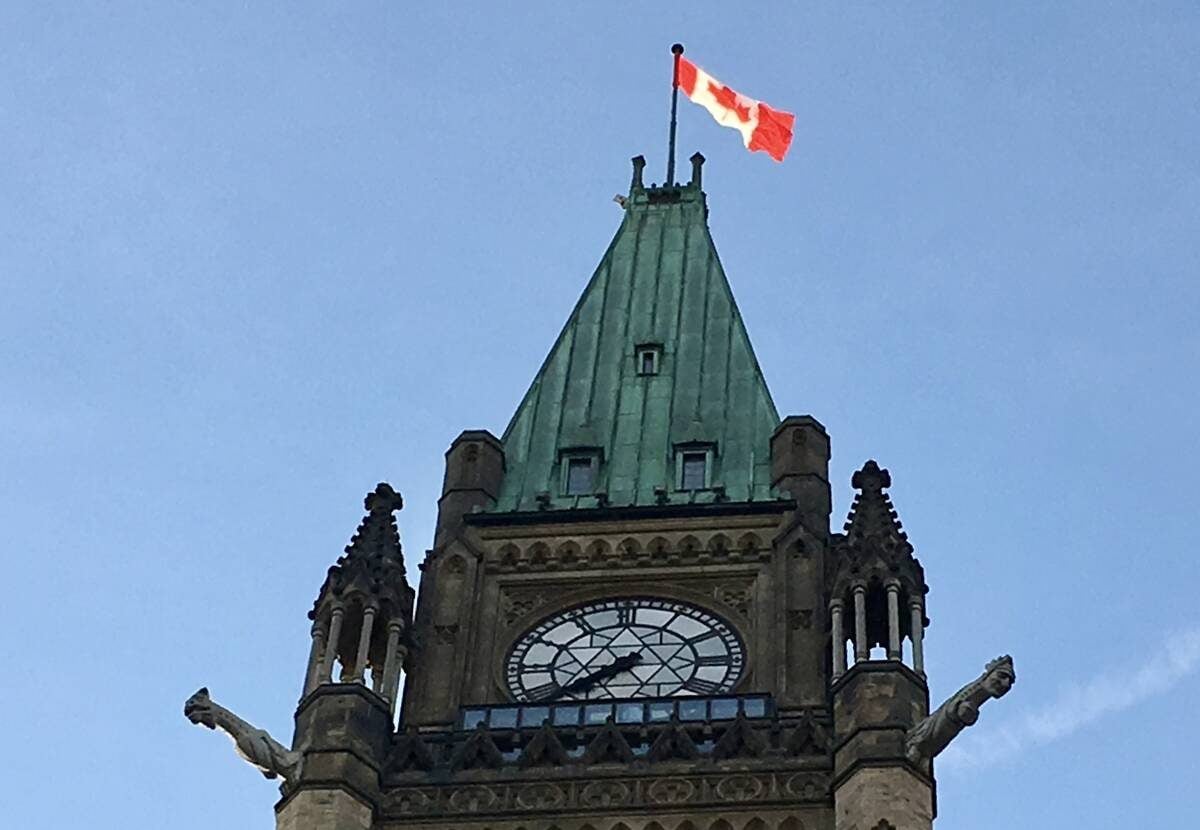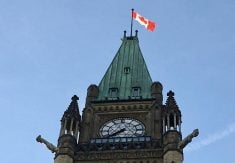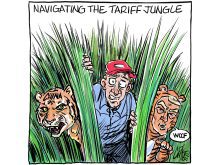Another week, another ride on the rollercoaster called U.S. president Donald Trump.
By now it’s an all-too-familiar story.
Twenty-five per cent tariffs on all Canadian imports had been promised in November to take place Jan. 20.
Read Also

House ag committee to undertake several studies
The House of Commons standing agriculture committee has set its agenda for the coming months. Members began the fall sitting with a two-hour update on international trade
Almost at the last minute, those tariffs were postponed until Feb. 1. On that day, they were announced for Feb. 4, but then on Feb. 3, they were put off again, this time for another month.
A great deal of time and energy has been spent during this nerve-wracking ride preparing for the constantly shifting deadlines — from the highest corridors of power in Ottawa to the smallest companies.
Even this newspaper has spent one of its most precious resources — time — managing this story on deadline while the sand continues to shift under our feet.
And for what?
After all of this drama and uncertainty, with more promised for the future, what has any of this mayhem accomplished? What is the president trying to achieve?
There are many theories, but we’re afraid it is becoming increasingly clear that this just might be the egocentric whims of a president drunk on his own power.
Let’s look at these theories.
Trump’s official line has always been that the tariffs are to force Canada to do something about all that fentanyl flowing across the border into the United States.
And reports from Ottawa seem to be bear that out. The latest tariff postponement appears to be related to Canada agreeing to appoint a “fentanyl czar.”
Never mind that Canada already announced efforts to curb fetanyl trafficking back in December.
The reality, of course, is that no one in their right minds believes that Canada is some sort of illegal drug powerhouse.
It defies belief.
Then there’s Trump’s charge that Canada isn’t treating the U.S. nicely enough, and this seems to be based on his country’s trade deficit with our country — a number that changes every time he opens his mouth.
If Canada sells more goods to the Americans than it buys from them, isn’t that more of an American problem than a Canadian one?
After all, they’re the ones who are buying our goods, presumably because they need them.
It just doesn’t make sense.
And who’s ever heard of going to war over a trade deficit?
Some analysts argue that the American tariffs are driven by the U.S. government’s need to raise money to shore up its shaky financial situation.
We suppose that could be true, but contrary to what Trump says, this newly found revenue won’t be coming from Canadians — and other countries caught in his trade war cross hairs — but from his own citizens, who will have to pay the tariff if they continue to buy what they need from us.
If that’s what’s going on, then American consumers need to take a closer look at their president’s policies.
In the days leading up to last week’s tariff deadline whirlwind, Trump himself didn’t appear to have any good reasons for doing what he was doing.
He said he wasn’t really all that interested in entertaining concessions from Canada and then concluded with the now-famous line from his first presidency: “We’ll see what happens.”
And there you have it — all this blood and treasure spent reacting to a crisis that has no apparent justification, other than to keep our attention away from the issues that matter.
Canadians are going to have to resist getting distracted at every twist and turn on the roller coaster.
Instead, we must be prepared to collaborate, pivot when necessary and continue to support our processes and democratic institutions.
It will be the only way out of this mess.
Karen Briere, Bruce Dyck, Robin Booker, Paul Yanko and Laura Rance collaborate in the writing of Western Producer editorials.

















